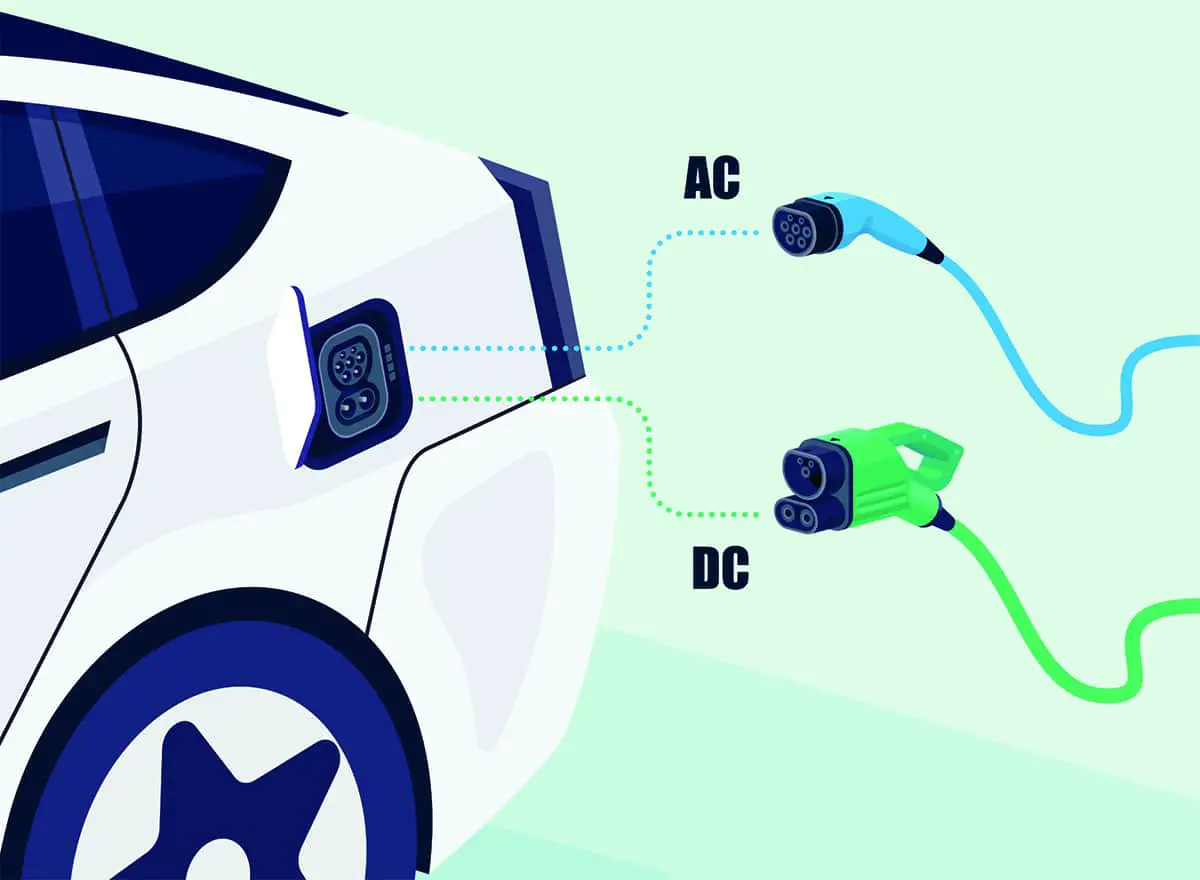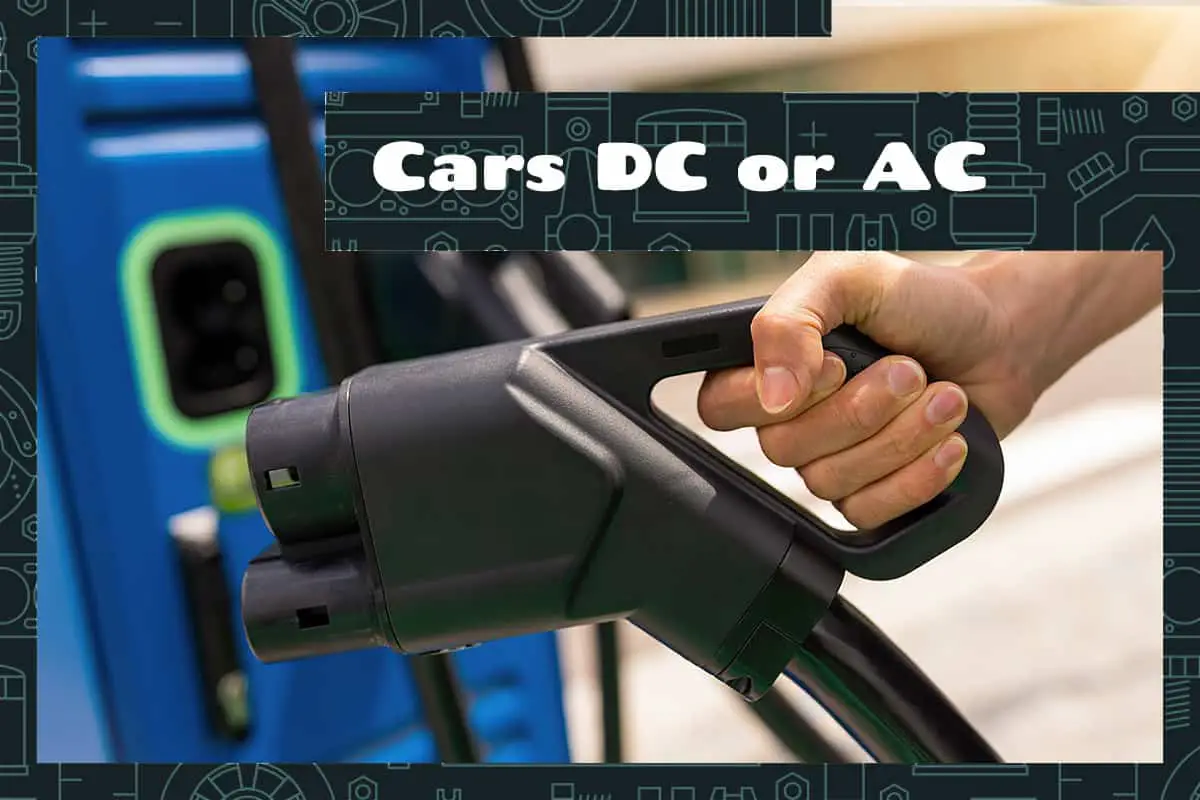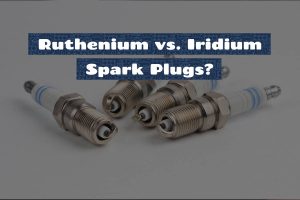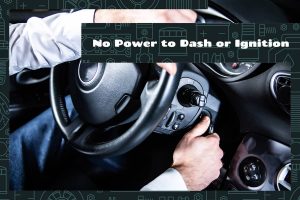Cars have experienced revolutionary advancements, from initial fuel-based engines to today’s electric counterparts. The propulsion behind these electric vehicles often revolves around two primary currents: Direct Current (DC) and Alternating Current (AC).
Both DC and AC power systems are utilized in cars. While traditional vehicles predominantly use DC for their electrical components, electric vehicles (EVs) can be powered by either DC or AC motors, with each having its unique advantages and applications.
This guide will go deep into the distinctions between DC and AC in cars and their respective advantages.
What Are DC and AC?

Electrifying our roads are two main types of electrical currents, Direct Current (DC) and Alternating Current (AC). They are the driving forces behind the electrical systems in our cars.
Direct Current (DC)
DC stands for Direct Current, which means the electric charge flows in one steady direction. Think of it like a river flowing steadily from a source to its destination. Because of its unidirectional flow, DC is simple and predictable.
The concept of Direct Current dates back to the early days of electricity, with inventors like Thomas Edison championing its use. It was the first type of electrical current to be harnessed for practical use.
Alternating Current (AC)
AC, or Alternating Current, is where the electric charge periodically changes direction. Imagine waves on a beach, ebbing and flowing. This constant change in direction distinguishes AC from DC.
Alternating Current was popularized by Nikola Tesla and George Westinghouse. They believed AC was the solution to transmitting electricity over long distances without significant energy losses.
DC in Cars
Not just confined to electric vehicle propulsion, DC’s role extends to various components and functions in almost every car on the road today.
History and Evolution
Direct Current’s introduction to cars traces back to the late 19th century. When electric vehicles first emerged, they primarily used DC motors. These vehicles were straightforward, relying on the steady, unidirectional flow of DC to power their systems.
Car Battery and Electrical Components
Perhaps the most recognizable use of DC in cars is the car battery. Batteries, especially the conventional lead-acid types, store and provide DC power. This power is then used to start the car’s engine and run auxiliary components like headlights, radios, wipers, and dashboard instruments. These devices and functions rely on the predictable and steady voltage that DC provides.
DC Motors in Electric Vehicles
While AC motors have gained prominence in many modern electric vehicles, DC motors are far from obsolete. Some electric vehicles, especially earlier models or those designed for specific purposes, opt for DC motors. These motors are often chosen for their simplicity, ease of control, and direct compatibility with battery storage.
Advantages of Using DC in Cars
- Simplicity: DC systems are generally simpler, with fewer components, making them more straightforward for certain applications.
- Consistent Power: With its unchanging direction, DC provides a stable voltage, beneficial for sensitive electronics and components.
- Fast Charging: For EVs, DC charging can offer quicker battery replenishment compared to AC methods.
Limitations
- Range Limitations: When used for propulsion, DC motors might not offer as broad a performance range as their AC counterparts.
- Efficiency Concerns: Over long distances, DC can face higher energy losses, making it less ideal for some transmission needs.
- Conversion Needs: Many electric vehicles draw AC from the grid. To store this power in their DC batteries, a conversion process is required, introducing potential inefficiencies.
AC in Cars
AC, with its dynamic flow, plays a significant role in modern vehicles, especially in the realm of EVs.
Origins and Adoption
The vision of AC’s pioneers saw its potential, especially its adaptability in varying conditions and its aptness for long-distance transmission. The shift to AC motors in many contemporary electric vehicles reflects this versatility.
AC Motors in Electric Vehicles
Many of today’s electric vehicles employ AC motors for propulsion. One main reason is the flexibility they offer. AC motors can provide a wide range of speeds and torques, adapting to various driving conditions. This adaptability enhances the driving experience, offering smoother accelerations and better hill-climbing capabilities.
Charging Electric Vehicles with AC
Standard home charging stations, often referred to as Level 1 and Level 2 chargers, provide AC power. The electric vehicle takes this AC and, with the help of an onboard converter, changes it to DC for storage in the battery. It’s this ubiquity of AC in our power grid that makes home charging solutions convenient for many EV owners.
Advantages of Using AC in Cars
- Versatility: AC motors offer varied speed and torque levels, which are perfect for adapting to different driving conditions.
- Efficient Transmission: AC’s nature allows it to be transmitted over long distances with minimal energy losses.
- Home Charging: AC’s prevalence in household outlets makes it convenient for electric vehicle owners to charge at home.
Limitations
- Conversion Process: When charging, converting the grid’s AC to the battery’s DC introduces additional steps and components.
- Safety Measures: AC’s changing direction means voltage levels fluctuate, so specific safety mechanisms and precautions must be in place.
- Infrastructure: While home charging with AC is convenient, faster DC charging stations are often preferred for long trips, possibly leading to a dual need in EV infrastructure.
FAQs
1. Why are some manufacturers still using DC motors?
Firstly, their design and functionality are relatively simple. This simplicity can translate to reduced manufacturing complexities and costs. DC motors also provide consistent power, which can be favorable for specific applications, especially where a steady response is desired. Additionally, some legacy systems and designs already incorporate DC motors, making it easier for manufacturers to stick with known and proven technology rather than investing in redesigns.
2. How does the type of current impact car charging?
AC charging is what you’ll typically find in residential settings or standard public charging stations. When an electric vehicle is charged using AC, the vehicle’s onboard converter changes this AC to DC to store in the battery. This process is convenient since AC is prevalent in our regular power grid, allowing for easy home charging solutions.
DC charging, often termed “fast charging,” directly supplies DC to the electric vehicle’s battery. This method can significantly reduce charging time, making it desirable for quick top-ups during long trips.
3. Can a car be converted from DC to AC or vice-versa?
If you’re converting the motor type, you’d have to replace the entire motor. Additionally, the car’s electronic control system would likely need adjustments or replacements, as the systems governing DC and AC motors differ. For example, converting from an AC system to a DC system would require the removal of the inverter and possibly replacing it with a controller suited for DC.
4. How does DC or AC affect the environment?
The environmental impact of DC or AC in cars, especially electric vehicles, largely comes down to efficiency and energy sourcing.
Both AC and DC motors are highly efficient, but the slight differences in their efficiencies can have environmental implications when scaled to a global fleet of vehicles. Generally, the less efficient a motor is, the more energy it uses.
Car charging also plays a role. If an electric vehicle charges primarily using AC, which then gets converted to DC for storage, there’s an added step in the process, potentially introducing minor inefficiencies.
Lastly, the environmental impact also depends on the source of the electricity. If the AC or DC electricity comes from renewable sources, the environmental footprint is reduced. If the source is fossil fuels, then the benefits might be less pronounced.







